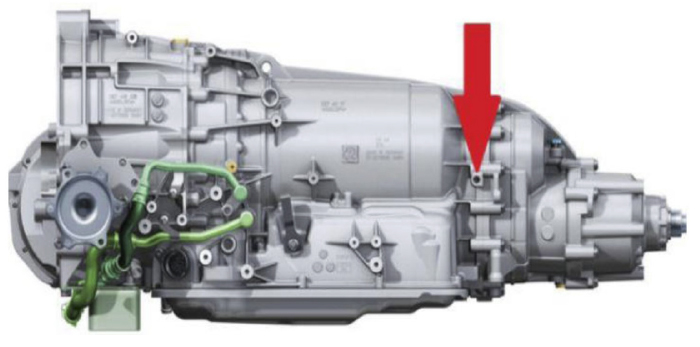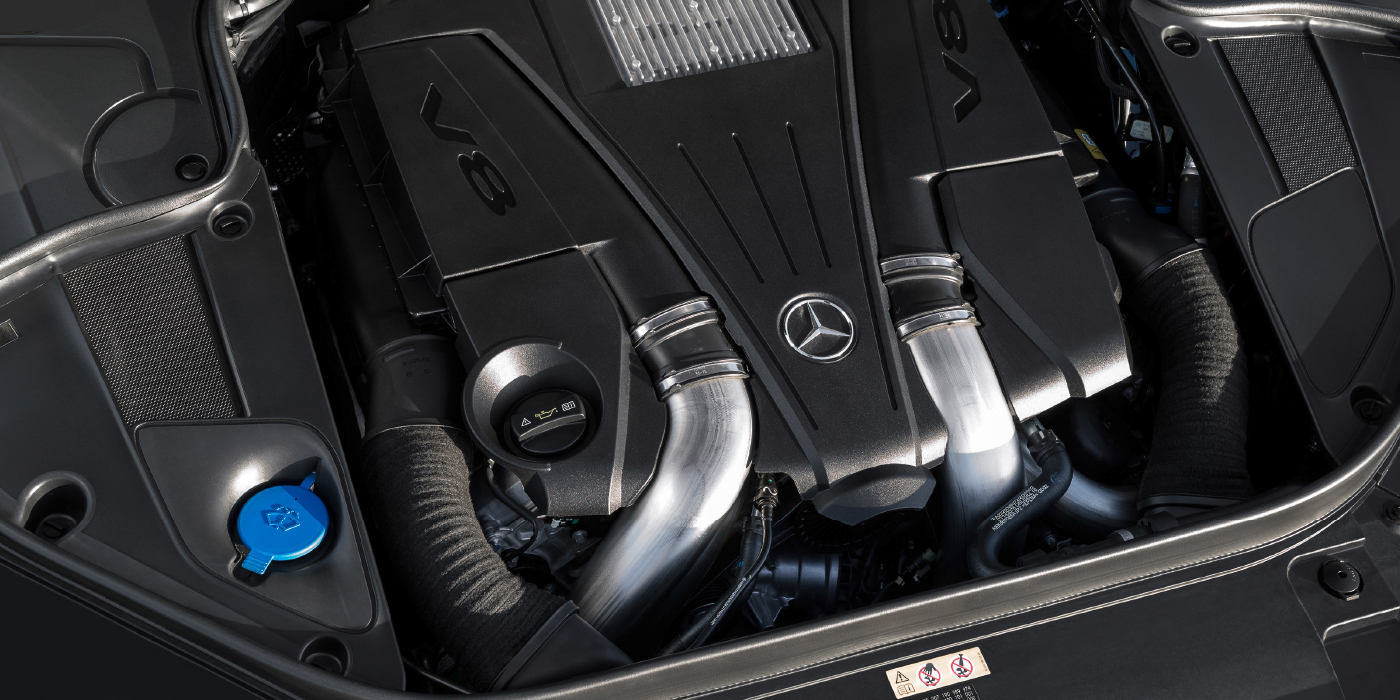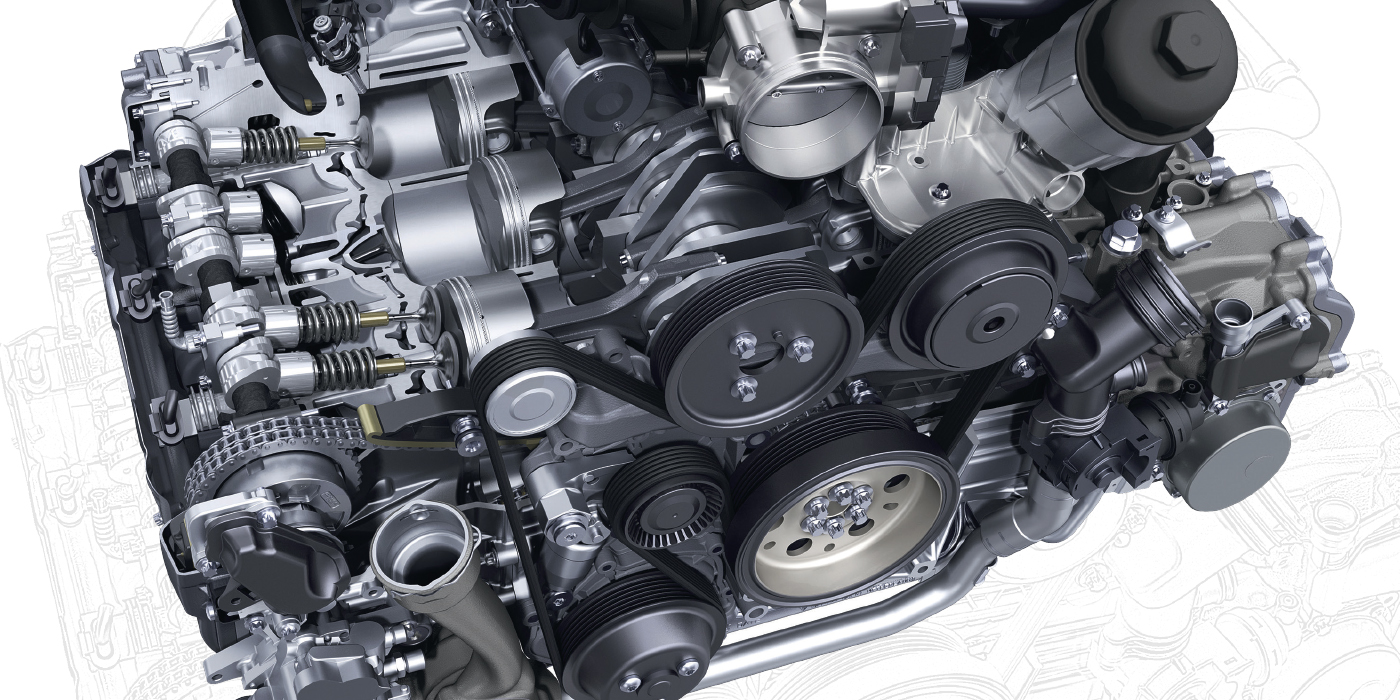DMA Adds New BrakeMaster Coverage
New coverage for Ford and Chevy includes popular pickup trucks and SUVs.
DMA’s BrakeMaster line of Brake Rotors & Drums features over 400 SKUs. New coverage for Ford and Chevy includes popular pickup trucks and SUVs, the company said. Rounding out the latest offering is coverage for a wide range of Toyota, Lexus, and Acura sedans and Audi hot hatches.
Mercedes-Benz Auxiliary Water Pump Diagnostics
These pumps will show up on more and more vehicles as engines become more efficient and generate less excess heat.

Timing BMW VANOS N53 And N54
To service them, you will need the appropriate toolset to lock the crank and camshaft.

VW/Audi PCV Service
The PCV valve regulates the flow of gases from the crankcase.

Volvo Engine Service
There are many combinations for the Volvo modular engine.

Other Posts
Does Your Customer’s AUDI Oil Appear To Be Leaking?
Here are the service procedures required for when oil leaks from the transmission pan gasket or the transfer case.

Exhaust Gas Recirculation Operation and Diagnosis
Since exhaust gas does not burn, this lowers the combustion temperatures and reduces NOx emissions from the engine.

BCA Bearings Unveils 2024 Endless Summer Promotion
The Endless Summer promotion runs from May 1 through June 30, 2024.
Nissan Vehicle Key Not Detected and Engine Will Not Start
Refer to the service information for complete key system diagnosis and repair information.




